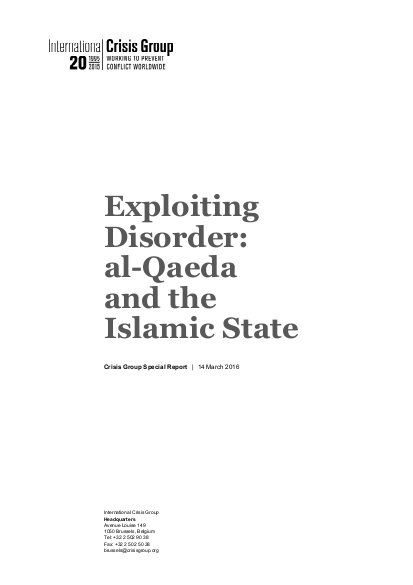
This report examines today’s jihadist landscape. Why have these groups become so powerful? What do they want, and how are they pursuing it? How do they win support and control territory when their ideology has appeared, at least until recently, to have little natural constituency? How do they shape the conflicts they fight in and prospects for ending them? What threat do they pose elsewhere? How should the world respond? It draws from and extends findings from Crisis Group’s extensive body of work on the severest crises in which such movements are prominent, focusing in particular on the Middle East, given the pace of change there, but including West Africa, the Sahel, the Caucasus, North Africa, the Horn of Africa and Central and South Asia.
The following sections examine the origins, trends and geopolitics beneath the recent jihadist expansion (II); give a snapshot of the evolving landscape (III); and explore policy options (IV). The main focus is less how individuals radicalise than how extremist movements have become prominent in so many of today’s deadliest crises; and less what groups and their leaders say than what they do. The report sets the stage for development of a wider body of Crisis Group work, identifying areas for further research on the nature of groups, their interaction with crises, the threat and policy dilemmas they pose and ideas on how to respond.
